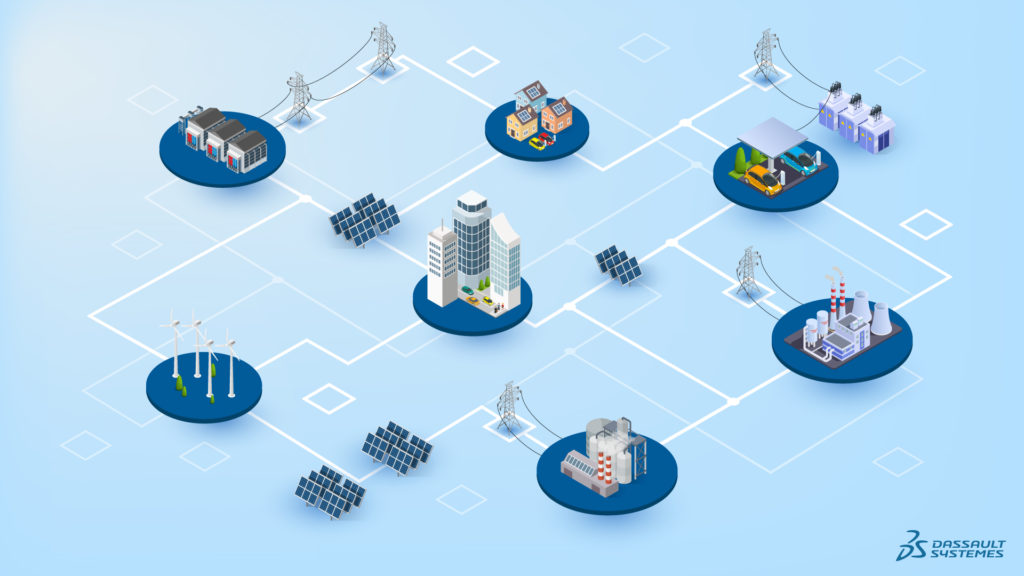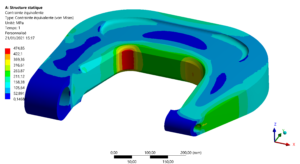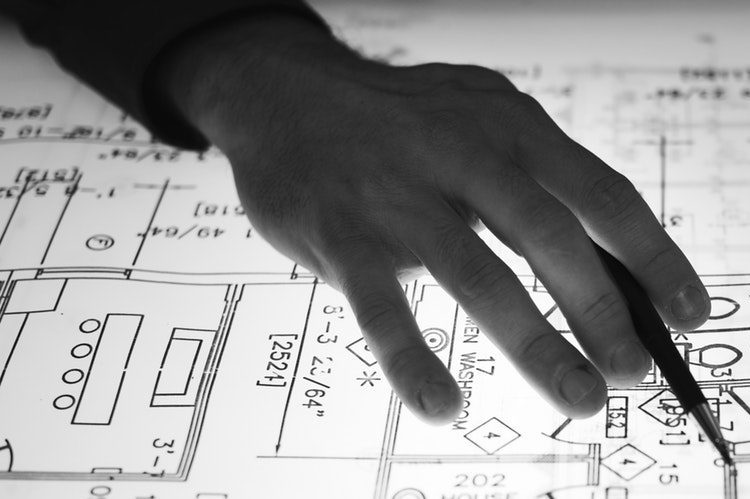Choosing the right modelling level
In the operational phase of a system, physical modelling is useful to understand how it actually behaves under real conditions of use, environment, etc… Modelling carried out during the design phase is not necessarily appropriate: these models are usually ” packaged ” in order to guarantee an adequate behaviour of the system in wide operating ranges.
The approach recommended by Phimeca in the operational phase is therefore:
- To analyse all the information available on the system in operation: observed degradations, customer feedback, measured data, etc…
- Choosing the level of modelling adapted to the physical phenomenon you wish to apprehend: modelling of a complete system (0D/1D), 3D modelling of a machine, fine 3D modelling of a specific zone, etc…
- Building the model and analysing the results with regard to what has been observed.
- If necessary, we recommend additional tests or instrumentation to support the modelling.
Modeling on a system scale
System-scale modelling aims to represent the dynamic behaviour and interactions of complex multi-physical systems. It is sometimes referred to as “0D/1D” because it essentially consists of representing flows and balances by differential equations. The free language Modelica is dedicated to the design of such models. It allows you to focus on the physical equations by using tools (Dymola or OpenModelica) to solve them. These tools are also equipped with an interface for visualizing and interacting with the graph of interconnected and nested objects describing the system. This approach is widely used in the fields of energy, automotive, aeronautics and building thermics. In fact, it is the most appropriate point of view for constructing a digital twin of a system with multiple interacting parts, for example to monitor its operation or to diagnose the causes of performance drops observed during operation.
The Modeliscale research project (led by a consortium composed of Phimeca, Dassault Systemes, EDF, ENGIE, Inria, CEA, DPS and Eurobios) aims to extend Modelica’s scope of application to very large systems, for example a city with its energy distribution networks and decentralized production systems.

La ville avec ses réseaux inter-dépendant de distribution et production d’énergies est un exemple de système de très haute complexité. La modélisation à l’échelle système permet de constituer et résoudre des systèmes de milliers d’équations algébro-différentielles pour simuler son comportement et prendre des décisions éclairées.
3D modelling
The 3D finite element modelling of equipment in service allows a diagnosis of the structure and the identification of “hot” zones, those in which degradation is likely to begin.
To do this, it is necessary to clearly characterise the loads actually applied to the structure: amplitudes and frequencies of cycles, location of loads, etc…
Then the analysis criteria must also be well chosen: displacement at a point, appearance of cracks, crack opening, level of wear, etc…
Finally, the choice of hypotheses for modelling the behaviour of the structure is, of course, important: if, for example, during the design phase, dimensioning with respect to the elastic limit is often the most relevant, it is sometimes important to model the plastic deformations in order to evaluate the criticality of a crack appearance. Likewise, ageing phenomena (wear or fatigue in particular) must be well understood by modelling.
A concrete example: case of an industrial riveting machine

The issue at stake: reduce the risk of rupture in the riveting machines.
The approach proposed by Phimeca is as follows:
- Failure characterisation: fatigue life analysis and location of the critical zone
- Specification of the areas to be instrumented (strain gauges)
- Learning healthy behaviour (neural network)
- Identification of deviations and optimisation of renewal dates

See our publications
Do you share our curiosity and our interest in scientific and technical research? Find us on Research Gate!

Join Us
Do you share our values and wish to embark on the Phimeca adventure? Let us know by applying today!
Know-how
Application cases
Discover application cases illustrating our know-how in physical modelling for the operation and maintenance of your structures...
DiscoverYou have a project?
Please contact us for all requests concerning your various projects. The Phimeca team will analyse your needs and come back to you with the necessary support.
